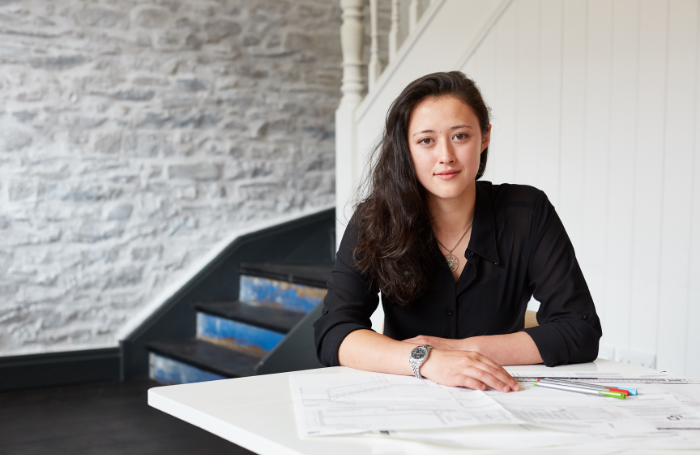Does the current coronavirus crisis feel like it will never end? If you are a Part 1 architecture student completing your final Bachelor’s year, it would be surprising if you weren’t apprehensive about your prospects. The carefully constructed plans you’ve developed over a period of years – or maybe the lack of a plan because you’ve justifiably assumed things would fall into place – have been challenged, deferred or eradicated. It’s impossible not to feel singled out, and even if you’re the most resilient person, the whole situation is disappointing and frustrating.
The year out in practice after Part 1 should feel like a milestone. Completing the first 12 months of Professional Practical Experience (PPE) means you’ve satisfied 50% of the practical requirements for registration as an architect later in your education. To succeed as an undergraduate, you’ve worked hard with your tutors and peer group for at least three years (longer if you’re a part-time student or apprentice), you have met your external examiner – and, finally, you hold your first degree in architecture.
Now is the time you’d hoped to convert your knowledge into practice, perhaps with a boutique office getting recognition for some edgy work, or with a massive multi-national developing major projects globally – but definitely as an architectural assistant getting paid for what you can contribute. The experience would validate what you’ve learnt in a school of architecture, stress test your capabilities as an emergent practitioner, and focus you on those professional skills you still need to acquire. So what happens if – as now – a new situation means your plans are being threatened? You should know what your other options are.

Apply for your preferred Part 2 course now
Although some schools have always asked for a year out as a prerequisite for admission to their Part 2 course, external events will make this more flexible. Universities still need to recruit students, so don’t be afraid to ask schools you’d assumed wouldn’t negotiate over the mandatory year out if they’d accept you without it. When you come to take your Part 3, there will be no judgement made when you acquired your 24 months’ PPE; the only issue is that you have that two years recorded on the PEDR. And if you’d thought about taking a year out with or without work, maybe now’s a good time to continue with your postgraduate studies.
Know what PPE is eligible
Any role you undertake in architecture or an associated area is eligible for recording, if it lasts more than three months. You should also know that 20 hours per week is considered full-time for PEDR purposes, so if you can persuade a practice to offer you 20 hours’ work per week for longer than three months you will have valuable work experience that you can record and get signed off. You could piece together experience in offices that you might think of as fragments of work, but which are actually very helpful for your professional development. Understandably, practices may not now be able to commit to longer contracts, but providing you’re being paid, you should consider every offer.
Ask if you can shadow a practice’s work
Finding a practice that may informally ‘adopt’ you is another route that is worth pursuing. It takes a little nerve to approach a practice and ask if you can observe (say, once weekly) what they’re up to at this stressful time; however, you have nothing to lose – even if a few people say no – and it may create a really useful professional contact. Understanding how practices adapt to crisis, and how they evolve, strengthen, and move on to prosper is fascinating. It will definitely be useful if you ever have to face another economic downturn.
Consider working for another construction professional
When undertaking a year out, remember there’s no requirement for you to work for an architect during that year. Generally for at least half of your PPE, it’s fine if you work for a civil or structural engineer, a contractor or specialist subcontractor, an urban designer or planner, or a shopfitter (for example). All professional experience is valuable because you learn how projects are won, how they’re designed, and how they get built. So it’s worth considering working for whoever has the work, irrespective of whether they’re architects – and it may open some new doors for you. Society and the workplace haven’t disappeared; you just have to figure out where you can fit in.
Consider any job
This kind of advice is sometimes criticised, but remember that working effectively is about developing and maintaining successful relationships. From your everyday experience, you know what good customer service feels like, so consider other roles you could undertake away from architecture (or anything like it) – but which nevertheless offer really valuable insights. Every type of work has structure and logic, so discover how some of these alternatives operate, and make yourself open to opportunity. What happens next won’t be the big project you’d dreamt of working on, but it may help you more than you can imagine while waiting for that to arrive.









